Your Complete Guide To Karijini National Park, Australia
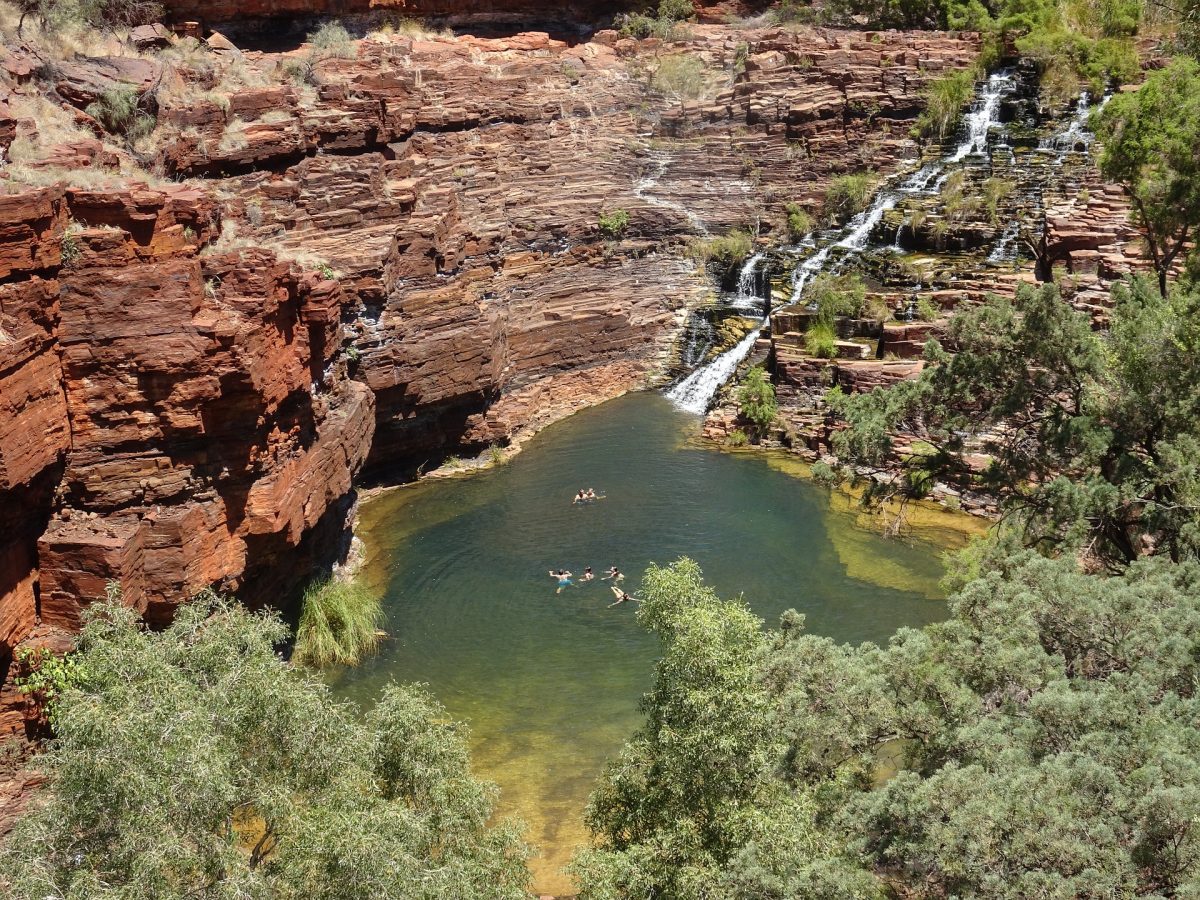
Western Australia is one of the most remote locations on the planet. In fact, its capital city Perth is the most remote capital in the world. This means that most of this Australia state consists of vast natural surroundings, with almost nothing manmade for miles. So, if you want to go bush, there’s no better way to do it than at the Karijini National Park in Western Australia.
What Is The Karijini National Park?
Karijini National Park is located just north of the Tropic of Capricorn in the Hamersley Range. It’s Australia’s second largest national park and covers an astonishing 627,422 hectares. The landscape consists of a semi-tropical desert, which may sound like a bit of a contradiction. During the summer, this area can get heavy rainfall, which makes it feel tropical. Unfortunately, temperatures over 40 degrees Celsius are also extremely common in summer. These long, hot days bake the land until it’s a desert.
The landscape at the Karijini National Park is simply stunning. It’s a land of contrasts, with deep red mountains rising out of flat, seemingly endless stretches of valleys. Tree studded waterways wind their paths through this barren landscape, bright green against all that red and tan. This is an ancient land, created by over 2,5000 million years of erosion, heat and changing weather.
How to Get There
Much of the Karijini National Park is completely inaccessible, especially in the south. But you can still see stunning gorges, unusual wildlife, waterfalls, and endless stretches of land in the north. The park is about 1,400 kilometres or 870 miles north of Perth. You can brave the 17-hour drive on your own, but you can also fly to closer towns like Roebourne, Port Hedland, Tom Price, or Newman.
If you choose to fly to one of the northern towns, you can either join a day tour to the park or hire a car and drive yourself. Once you’re in the park, the amazing scenery starts right away, so you shouldn’t have too much trouble finding some lovely spots.
If you decide to drive yourself from one of the northern towns, just remember that this is a massive land. It’s over 70 kilometres from the town of Tom Price to the Karijini Eco Retreat and that’s a long time for things to go wrong. So, make sure you fuel up before you leave and always carry water with you in case you get stuck somewhere.
The Best Time To Visit Karijini National Park
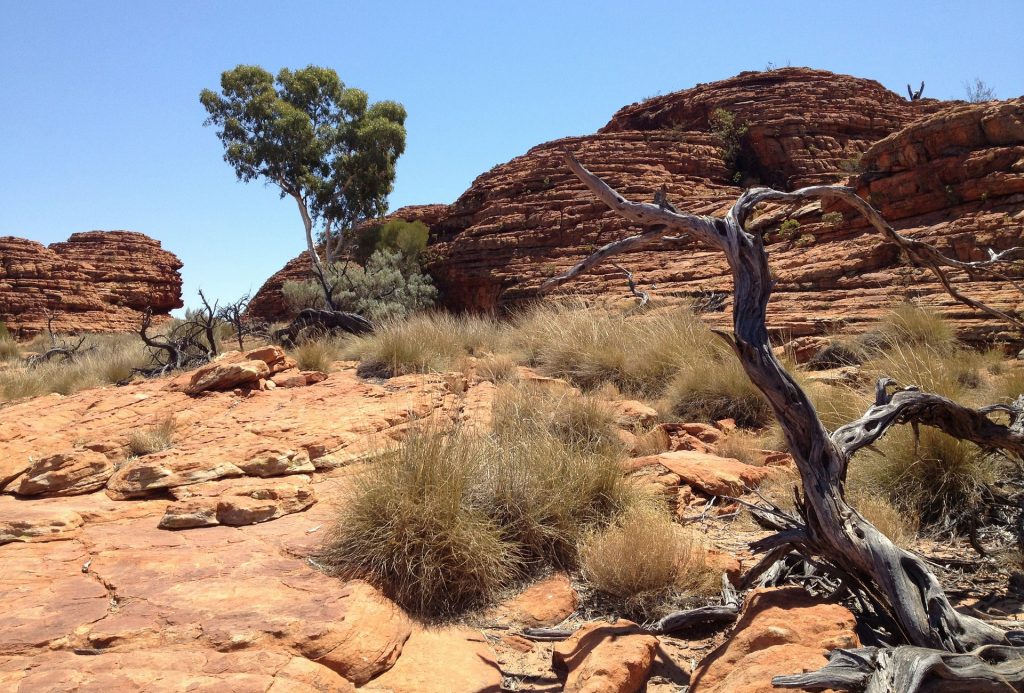
Image from Pixabay
Karijini National Park is open year-round, but you’ll have a more enjoyable experience if you choose the timing of your visit carefully. Try to avoid this area in summer as it can and will get unbearably hot. Temperatures in the park regularly go above 40°C and summer is also the wet season. The torrential rain at this time of the year makes the creeks and rivers swell and may cut off access to certain parts of the park. So, it’s best to avoid this time of year if you can.
The best time to visit Karijini National park is in late autumn, early spring, or in winter. There is little rain at these times and the temperatures are far more comfortable. However, if you’re visiting in winter and plan to stay at night, bring lots of warm clothes. The temperatures in the park can dip below 0°C and make for an uncomfortable night’s sleep.
Tickets And Opening Hours
The Karijini National Park is open every day of the year. There is an entry fee of 13 dollars per car for this park, and there are automatic pay stations at the entry points. You can pay by cash or by card, but make sure you bring the right change if you’re paying by cash.
The best place to start your explorations of the Karijini National park is at the Karinjini Visitor Centre. This is located just off Banjima Drive and is a good place to get a guide or to learn about potential dangers in the park. The visitors’ centre is open from 9am to 4pm in season. It’s closed from early December to early February for Christmas and New Year’s.
And now that you know all the details on the Karijini National Park, it’s time to work out what to see once you’re there.
Hamersley Gorge
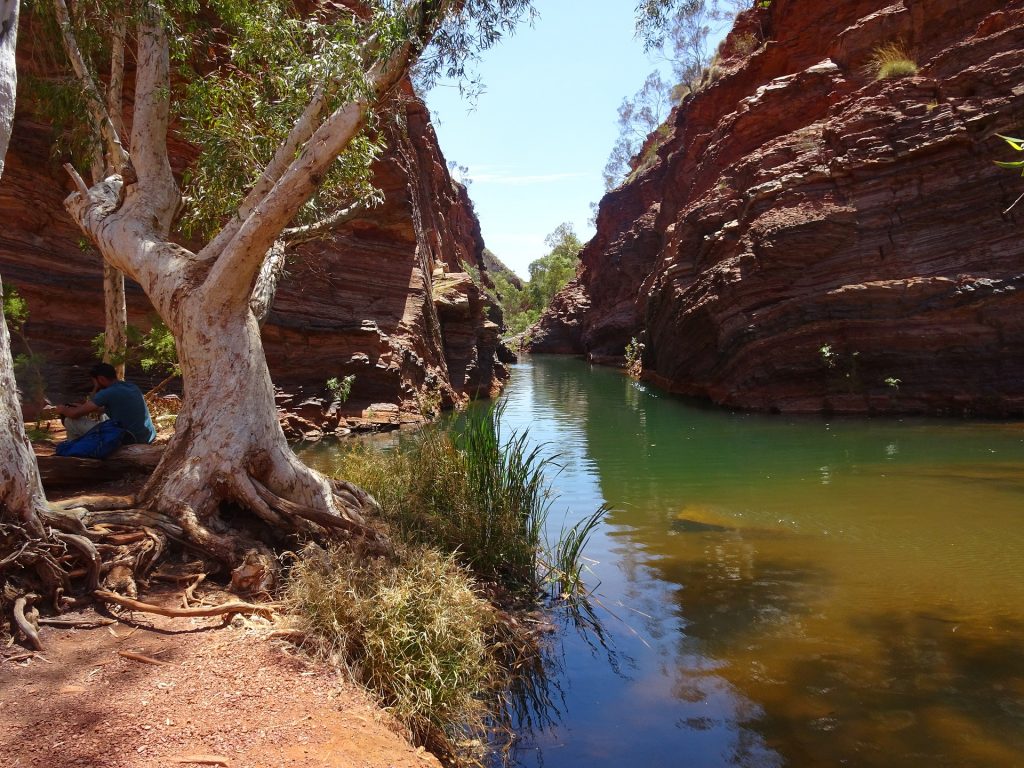
Image from Pixabay
Hamersley Gorge is one of the most popular spots in the Karijini National Park. It contains a natural heart-shaped spa pool fed by a gorgeous waterfall. The water is a startling ice blue and is popular amongst bathers and photographers alike.
Getting to the Hamersley Gorge isn’t that easy. You’ll need to traverse a 1-kilometre hike through a thin chasm to reach the pool. The trail is known as the Hamersley Gorge Walk, but all that effort will be rewarded once you reach the pristine waters.
Mount Bruce
Located on the western side of Karijini National Park, Mount Bruce is one of the more obvious landmarks in the area. You can see this mountain on your way into the park if you’re coming from the town of Tom Price. At 1,234 metres, it’s the second tallest peak in Western Australia.
The most popular activity on Mount Bruce is hiking. This is a 10km, class 5 hike, so you’ll need to be in very good physical condition. But once you’re up there, the views of the Karijini National Park are simply spectacular.
Weano Gorge And Handrail Pool
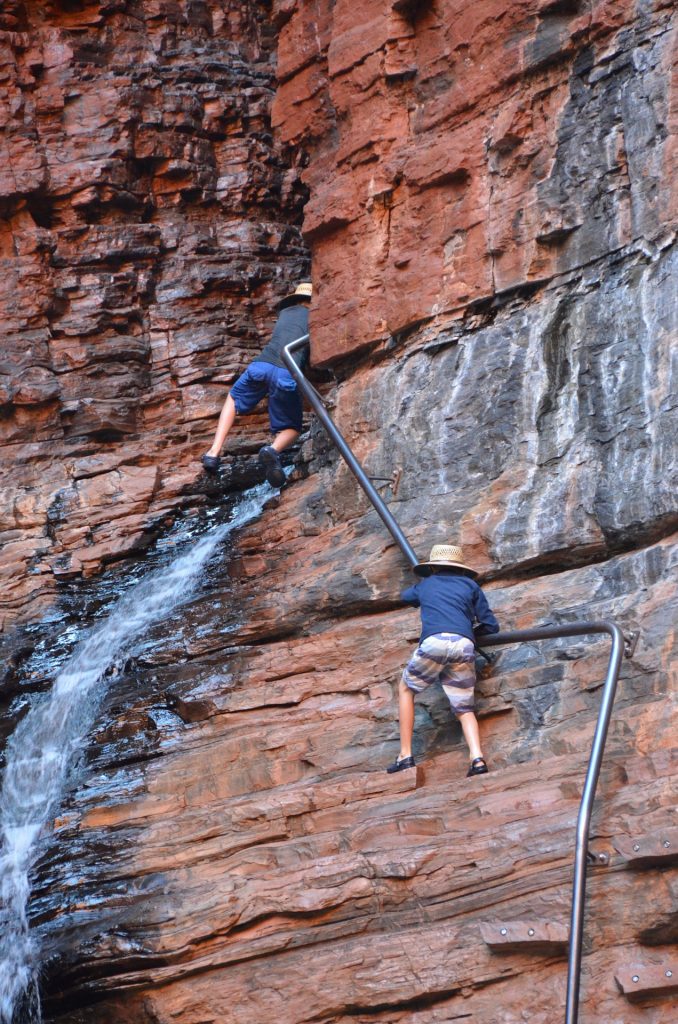
Image from Pixabay
Another popular spot in the Karijini National Park is Weano Gorge. This is one of the most spectacular gorges in the park and it also includes the Handrail Pool. The journey to the Handrail Pool is half the fun but it’s also fairly challenging because you will have to do some climbing. But once you’re in the water and surrounded by the yellow and red stones, the effort will be forgotten.
There are several easy walks around the top of the gorge, and they’re easily accessible from the Weano Gorge day area. But the walk down to the Handrail Pool is a Class 5 hike. You’ll need to scramble over boulders and squeeze through narrow passageways to make your way to this beautiful pool. The entire walk is about 1.5 kilometres return, and it can be quite dangerous in some areas. So, you will need to be very careful once you get to the narrow parts of the trail and when you’re climbing down the rock walls holding the handrail.
Kalamina Gorge
If you’re in the Karijini National Park in the busy season, you might want to find a spot away from the crowds. The Kalamina Gorge is one of the quietest in the park and you might be the only person there when you visit. You can swim, take a picnic, and just relax in the quiet surroundings. Just remember to take all of your rubbish with you when you go.
This is the perfect quiet place to swim and explore. Make your way down the stone steps to the gorge and turn right. You’ll find yourself at a permanent pool of water fed by a beautiful waterfall. You can also follow the stream down to the end of the gorge if you’re in an adventurous mood.
Fortescue Falls
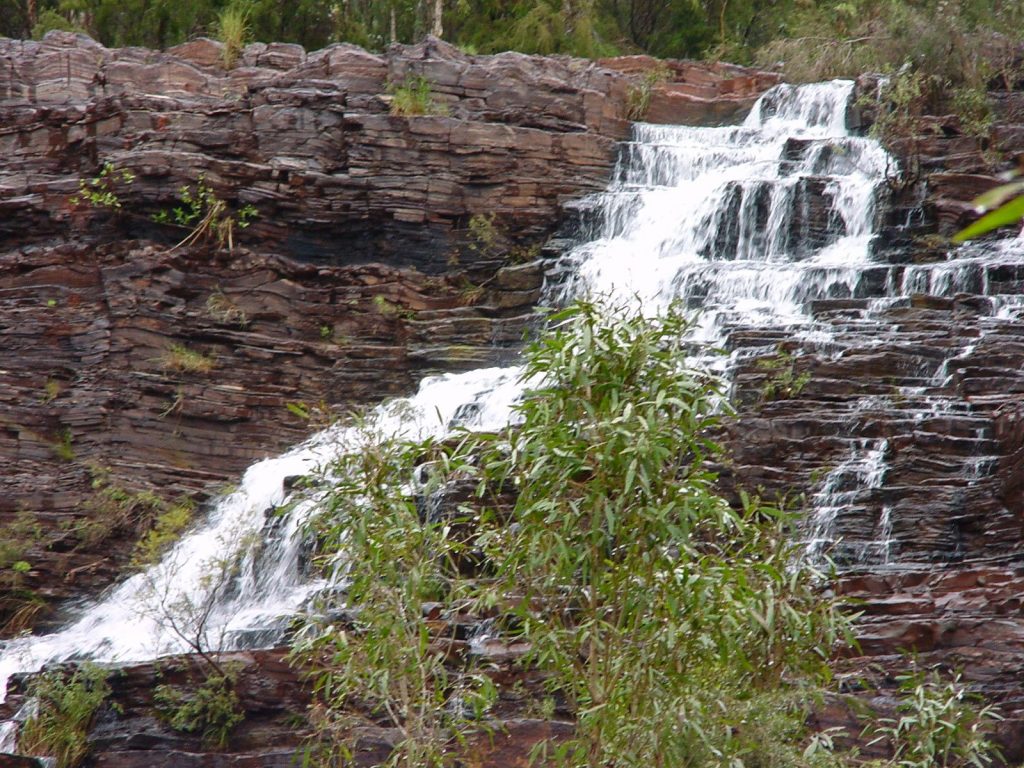
Image from Wikimedia Public Domain
The Fortescue Falls are on the eastern side of Karijini National Park in Dales Gorge. They’re one of the most popular spots for swimming and there are also a few other landmarks in the area if you enjoy hiking.
When you arrive at Karijini National Park, you’ll find a special carpark for the Fortescue Falls. From there, the falls are about an hour’s walk down a staircase and along relatively easy trails. You can swim in the refreshing Fern Pool or hike up to Circular Pool. This is a picturesque swimming spot at the other end of the gorge.
Oxer Lookout
Oxer Lookout is easily accessible from the Weano Gorge Day use Area carpark. After a short 800-metre walk, you’ll be treated to the best views in the Karijini National Park and perhaps in all of Australia.
This is the best place in the park to take photographs. The views are spectacular and unforgettable, and include four gorges: Red, Weano, Hancock, and Joffre. Once you make your way up to the lookout, you’ll understand a little better just how big and empty Australia really is. This kind of grandeur and scale is rare, so don’t miss out on seeing it.
Stay the Night at Karijini National Park
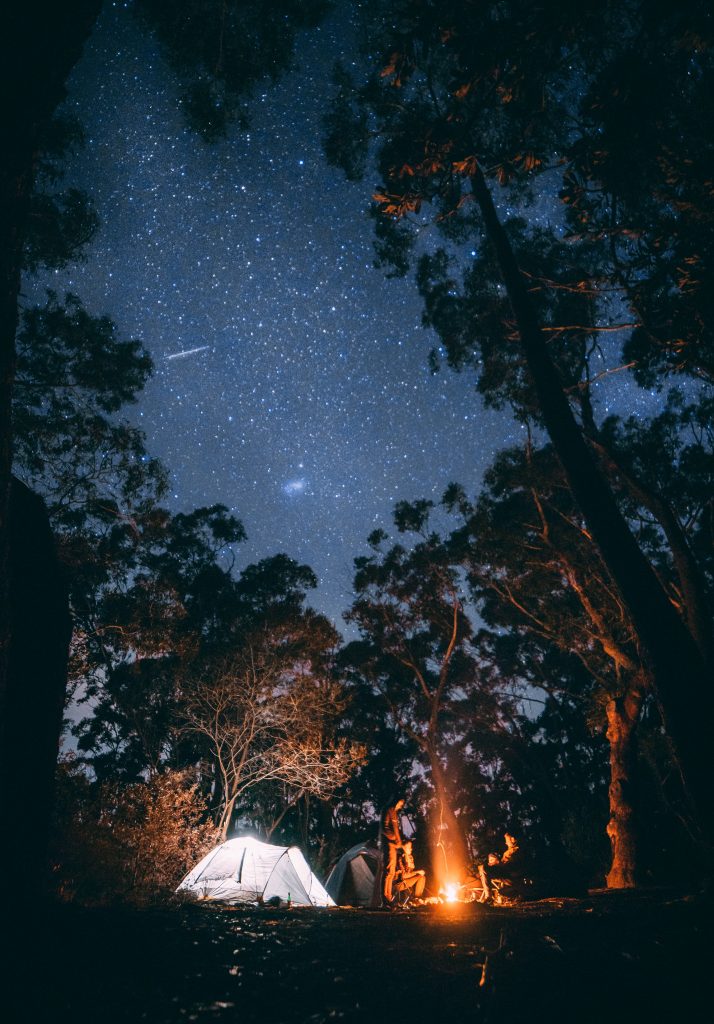
Photo by Jonathan Forage on Unsplash
One of the best things to do at the Karijini National Park is to stay the night. There’s nothing quite like sleeping out under the stars, particularly in the Australian outback. There are no lights in the area, which means that you’ll be able to see the night sky as you never imagined it could be. And there are lots of great places to stay whether you like camping or something more luxurious.
There are several places to stay in the Karijini National Park. If you’re on a tight budget, then try the Dales Campground. This is camping at its most basic, with no power or facilities. You’ll be able to get as close as possible to the natural world when you stay at this campsite, and it’s fairly cheap too. If you have a little more money and want some amenities, try the Karijini Eco Retreat. This site includes everything from camping sites to comfortable eco-tents with full facilities. There’s also an on-site restaurant that serves great local food.
Hancock Gorge
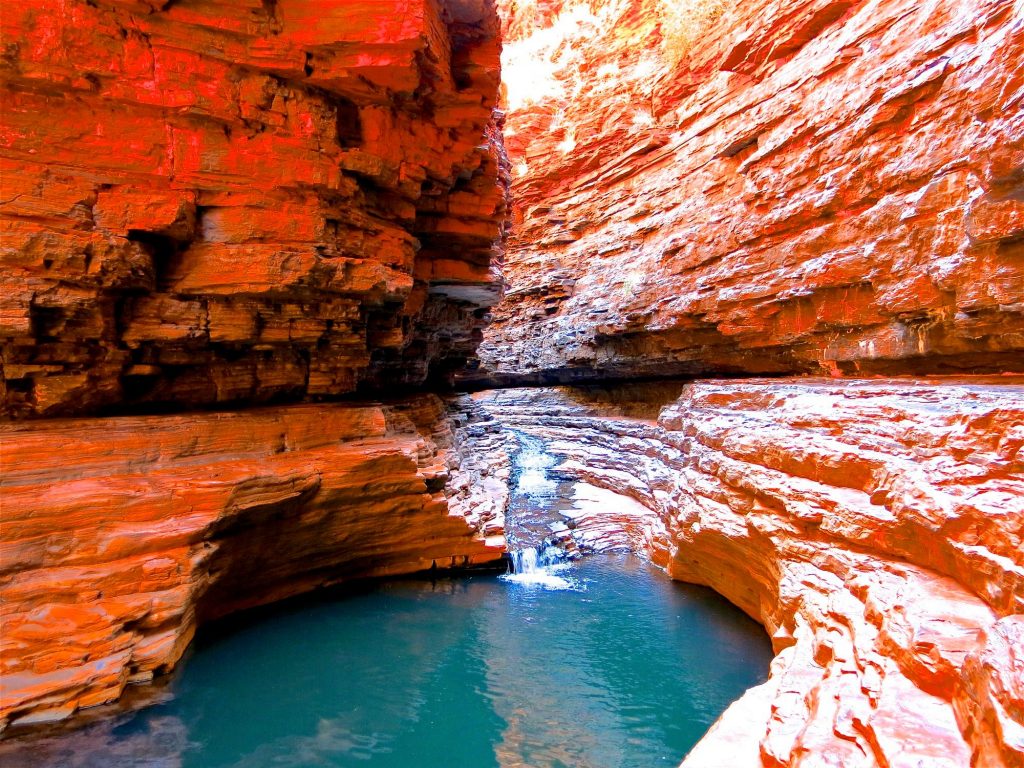
Bob Tarr [CC BY-SA 4.0 (https://creativecommons.org/licenses/by-sa/4.0)]
You will need to be a fit, experienced hiker to explore this gorge. The hike there is often described as a ‘Journey to the centre of the earth’ and getting there is almost as good as the gorge itself. You descend into colourful, layered rocks and then wind your way into the gorge through narrow chambers. There are rock pools along the way including Kermit’s Pool, which is a striking green colour. This hike makes for a challenging trip to the Karijini National Park, but it’s well worth the effort.
You can do the hike on your own or book a guide at the Karijini Eco Retreat. If you’re a little uncertain about where to go or aren’t sure if you can make it on your own, then booking a guide is probably your best option. So, hike down, take photos, and then take a relaxing swim in Kermit’s Pool to get the sweat off your skin.
Karijini Eco Retreat Restaurant
If you’re staying the night or just spending the day in the Karijini National Park, you should try a meal at the Karijini Eco Retreat Restaurant. The restaurant focuses on embracing the green lifestyle in every way. They offer lunch and dinner meals that are high-quality and accented by bush tucker ingredients like wild herbs, wattleseed, and bush tomatoes.
You absolutely must make a booking for your meal if you intend to eat at this restaurant. It’s a popular spot, and if you turn up without a booking you probably won’t be able to get a table. The restaurant is open for lunch or dinner and is located at Joffre Gorge, so it’s surrounding by Australia’s stunning natural landscape.
Fern Pool
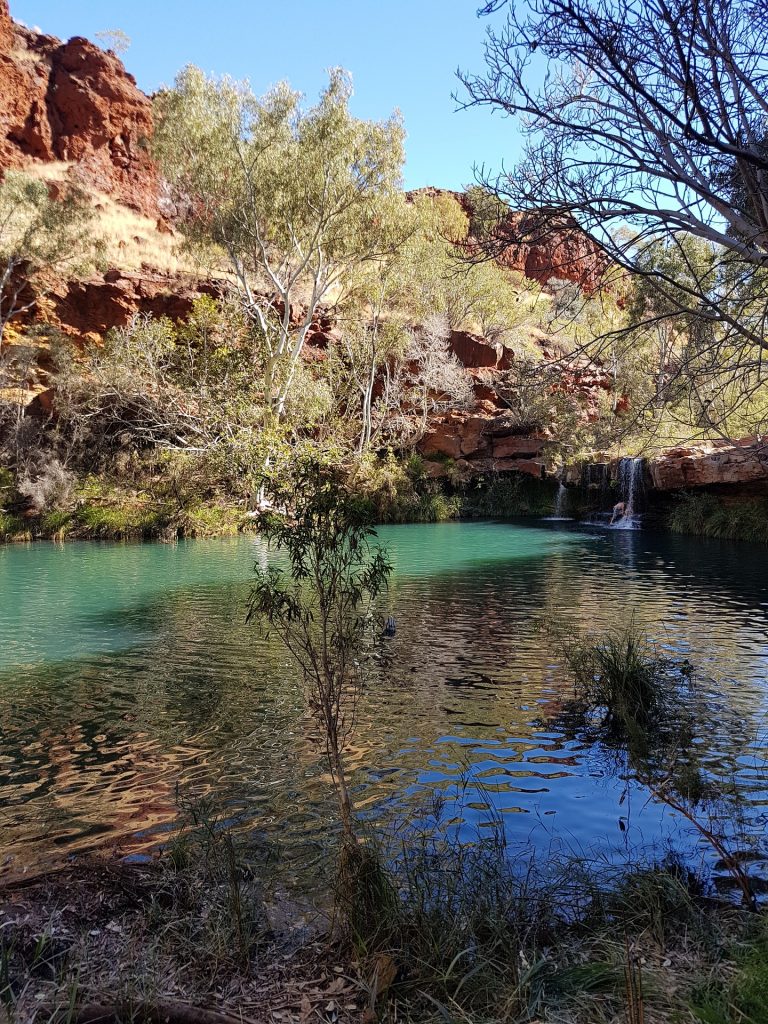
Image from PIxabay
If you’re visiting Fortescue Falls, then you need to take the walk down to the Fern Pool at the end of Dales Gorge. This is a highly significant spot for the aboriginal people, so be respectful of the space and its history. The pool is spring-fed and it’s one of the best places to swim in the Karijini National Park.
To get to the pool, go from the carpark to Fortescue Falls and then keep going. There’s a clear trail from the falls and you’ll need to walk around 300 metres to get to the Fern Pool. You’ll recognise the pool as soon as you see it. It’s a dark turquoise colour, and one of the prettiest natural bodies of water you’ll ever see.
If you have an adventurous spirit, then exploring Western Australia should be on your bucket list. At the Karijini National Park, you’ll see the best of what this ancient land has to offer and awe at the history that it represents.

